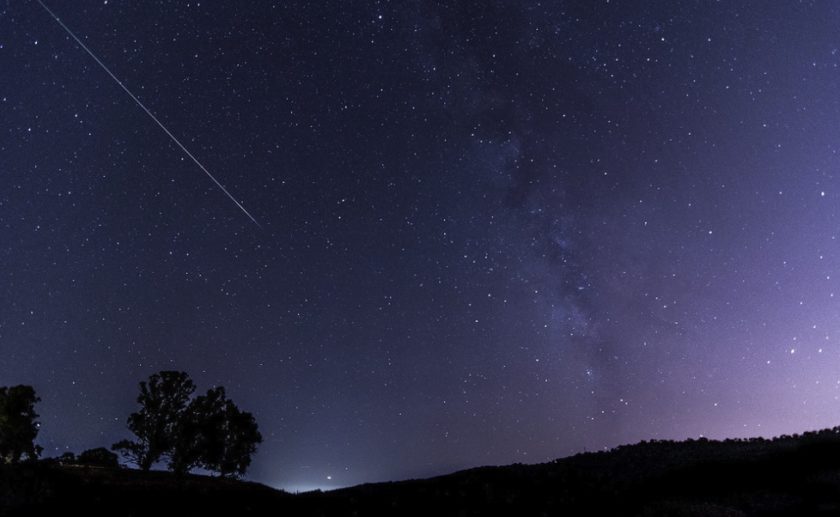Draconid meteor shower set to peak on Sunday

This year, the Draconid meteor shower is happening between 6 and 10 October, with its peak expected on Sunday night.
Meteor showers are phenomena that occur when the Earth passes through a trail of debris typically left behind by comets.
The Draconid meteor shower originates from the debris shed by comet 21 P/Giacobini-Zinner.
Interestingly, if one were to trace back the path of these meteors, they seem to emerge from a point in the constellation of Draco, which is how the shower got its name.
This meteor shower is also referred to as the Giacobinids, a nod to Michel Giacobini who discovered the parent comet.
In terms of its display potency, the Draconids’ reputation is variable.
Some years have seen modest displays, while 1933 and 1946 witnessed extraordinarily intense showers, marking them as two of the most memorable meteor events of the 20th century.
For optimal viewing of the Draconid meteor shower, a clear and unobstructed view of the night sky is imperative.
It is advisable to seek out areas with minimal light pollution and to ensure an expansive horizon.
As the Draconids are best observed in the evening, post-nightfall is the ideal time.
Weather forecasts locally for Sunday appear so far to show clear skies.
This year’s event coincides with the Last Quarter of the Moon, ensuring relatively darker skies and enhancing visibility.
No special equipment is required to view the Draconid meteor shower, binoculars or telescopes aren’t necessary; the naked eye is best suited to capture the display.
Just ensure there are no direct light sources impacting your vision, allowing you to acclimatise to the darkness and perceive even the faintest of meteors.
Spotted something? Got a story? Email: [email protected]
Latest News
